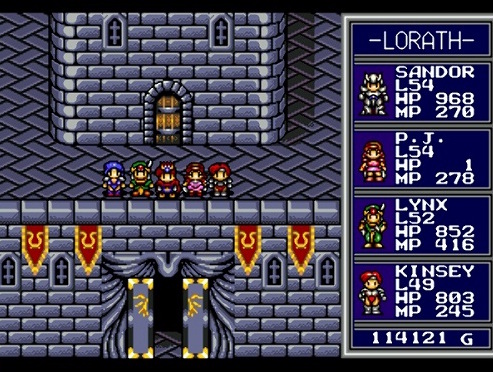Retro reflections by Nick H.
I was one of only two people I knew who sprung for a Sega CD when they came out. Admittedly, it was sort of a half measure to try and keep the otherwise excellent but quickly aging Sega Genesis relevant just a little bit longer. The thing is, despite its lack of overall adoption, the Sega CD had a lot of games that I really enjoyed at the time, including Vay.
Vay was one of those titles that almost no one seems to remember any more, even though it did receive an iPhone port a while back. It was the first major release for Working Designs after Lunar: The Silver Star and even though the games were both developed by completely different teams, Working Designs brought them both over to the US and they had some similarities besides just their publisher.
To read on, please log in with your DDNet Premium account:









